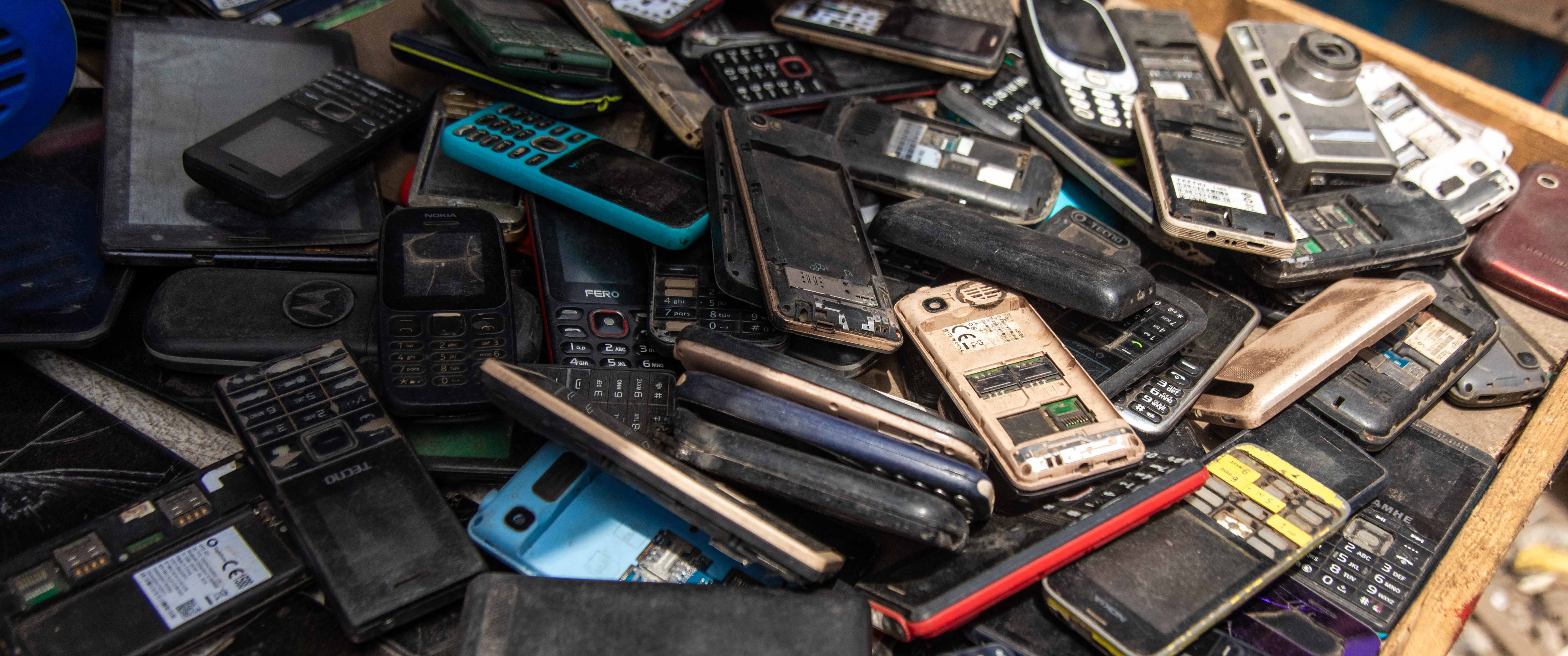
Country Status
In 2022, Mongolia generated 20 million kilograms of e-waste, with a per capita generation of 5,9 kilograms of e-waste. Mongolia faces an increase in the amount of e-waste being generated owing to the rapid development of its electronics industry and the rising demand for electronic and electrical equipment. The government has recognized the need for proper e-waste management and has begun establishing a relevant legal framework and policies. In 2012, the Law on Environmental Protection was amended to include provisions on e-waste management, and in 2016, the National Programme on Environmental Protection was updated to include specific targets for e-waste management. In Mongolia, the National Waste management Improvement Strategy and Action Plan 2017-2030 (NWMISAP) developed by the Ministry of Environment and Tourism (MET) covers several categories of waste, including e-waste. It outlines a vision for the role of different stakeholder groups in waste management, including business entities, manufacturers, importers and retailers, concessionaries, and recyclers. An emphasis is put on extended producer responsibility (EPR) for producers, which includes providing product information, improving product design, and promoting end-of-life take-back schemes. However, many people still dispose of their electronic devices in regular waste bins or burn them, and the country has very little infrastructure or capacity for e-waste management. There are only a few e-waste recycling facilities and most of them are in the capital, Ulaanbaatar. This leads to the accumulation of e-waste in other parts of the country and makes it difficult to collect and transport e-waste to recycling facilities. To address these challenges, the Government of Mongolia has taken steps to improve e-waste management. In 2020, MET launched a campaign to raise public awareness about the proper disposal of e-waste. In addition, the government has promoted the establishment of e-waste recycling facilities in other parts of the country.
- Ewaste Generated (million kg): 20
- E-waste Generated (kg per capita): 5,9
- E-waste Documented as Formally Collected and Recycled: N/A
- E-waste Policy, Legislation or Regulation: No
- EPR on w-waste: No
- Collection target in place: No
- Recycling target in place: No
ITU and E-waste in Mongolia
ITU is providing support to the Government of Mongolia to foster better monitoring of national e-waste management performance and to increase the adoption of environmentally sound circular economy and e-waste management policies.
- ITU – DITRDCA (2024 – 2026)
This project aims to create sound recommendations for a regulatory framework for the governance of e-waste management under extended producer responsibility (EPR) in Thailand and Mongolia. Following the implementation of the project activities, it is expected that the two countries will have the capacity to better regulate the management of e-waste, that public and private stakeholders will be well coordinated and will have aligned on a common vision for future regulatory frameworks on e-waste and that they will have the necessary policy tools and principles at hand to implement e-waste management regulations. Based on the current system of managing and regulating e-waste in Mongolia, the project will develop a report detailing recommendations for a proposed legal framework for the management of e-waste, taking EPR into account. A technical proposal report will be developed for Mongolia with recommendations detailing a roadmap for the establishment of a regulatory framework for e-waste management. The report will be developed through a review of the existing legal framework for e-waste management in Mongolia, with a focus on solid waste and environmental laws, ICT laws, hazardous waste laws and any related legal or policy instruments. A consultation process will ensure that inputs from all stakeholders are coordinated to define a vision on key definitions, roles, and responsibilities of stakeholders within the proposed regulatory framework.